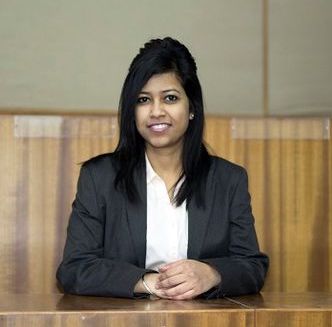Losses due to payment fraud has tripled from $9.84 billion in 2011 to $32.39 in 2020. It is set to exceed a total of $200 billion from 2020 to 2024, reports Juniper Research.
The risk is higher for small businesses. Small and medium businesses saw total losses due to fraud increase from 14% in 2019 to 38% in 2020. Enterprises, on the other hand, recorded a 4% decrease from 2019 to 2020.
True cost of a fraud
The true cost of fraud goes beyond the fraud amount itself. In 2016, US merchants reported a total loss of $2.40 for every dollar of fraud. Businesses have to spend on chargebacks, merchandise replacements and so on.
Lost goods or merchandise
As per one of the recent reports, the global percentage of revenue lost to fraud is about 3.6%. The risk of transaction being fraudulent increases even more for a high value transaction.
Manual review
Manual review is a time-consuming process. As the business grows, so does the scale of transactions, the review team also has to grow. Moreover, businesses end up sending too many orders for manual reviews too.
Consequently, most of the transactions that are reviewed manually get approved eventually.
Chargeback fees
A merchant is charged a fee that can range from $15 to $100 by the processor for each chargeback. If the number of chargebacks received exceeds a certain threshold, the merchant is placed in excessive chargeback program that can incur additional monthly fee.
Order declined due to stringent rules
According to a global survey published by the Merchant RiskCouncil, an average online store has a 2.6% rate of declines because of suspected fraud.
According to a global survey published by the Merchant Risk Council, an average online store has a 2.6% rate of declines because of suspected fraud.
Cost of in-house fraud prevention system
Designing an in-house fraud prevention tool needs a lot of expertise to get accurate results. This expertise is unrelated to your business and incurs additional cost.
Cost of shipping
Orders with higher shipping expense is more likely to result in a fraud. Once a chargeback is reported on this transaction, shipping cost with which the merchandise is sent to the customer is also lost.
Cost of employee
Representments, investigations and audits of fraudulent activity require expertise. Hence the cost spent on the in-house risk team is also a consideration.
Processing fee for the transaction
Processing fee of a fraudulent transaction is also borne by the merchant. It is also observed that processor might charge a higher processing fee if the merchant is considered to be a high-risk merchant.
Conclusion
As covered above, fraud leads to a huge loss of revenue even if some of these customers were genuine. The first step to decreasing the losses is to be aware of the problem and take steps to mitigate it. This calls for businesses to invest in a good risk assessment system and chargeback protection.
Talk to us today for AI/ML powered risk assessment engine.



